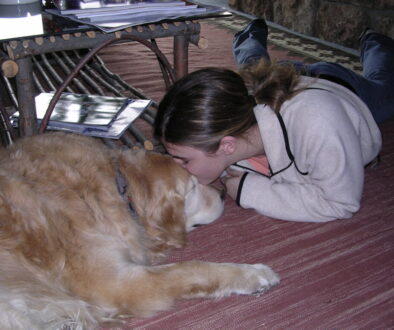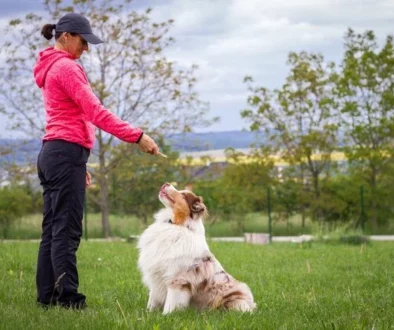Bird Training: Bonding and Behavioral Solutions
Birds make fascinating and intelligent pets, captivating us with their colorful plumage and melodious songs. However, like any other pet, they may exhibit certain behavioral issues that can be challenging for both the owners and the birds themselves. Bird training offers an effective solution to cultivate a strong bond with your feathered friend and address behavioral problems. In this article, we will explore the importance of bird training, techniques for building a bond, teaching basic commands and tricks, addressing behavioral problems, and tips for successful training. Additionally, we will discuss the incorporation of enrichment activities and the importance of seeking professional guidance.
Understanding the Importance of Bird Training
Bird training goes beyond teaching tricks and commands. It is a vital aspect of responsible bird ownership that fosters a strong bond between you and your feathery companion. Additionally, training helps alleviate behavioral issues, stimulates mental and physical exercise, and enhances overall well-being.
Benefits of Bird Training
When birds are trained, they are more likely to be well-behaved, happy, and confident. Training sessions provide mental stimulation, allowing birds to utilize their natural intelligence, reduce boredom, and prevent the development of unwanted behaviors. Moreover, training strengthens the bond between bird and owner, leading to a deeper connection and a sense of trust.
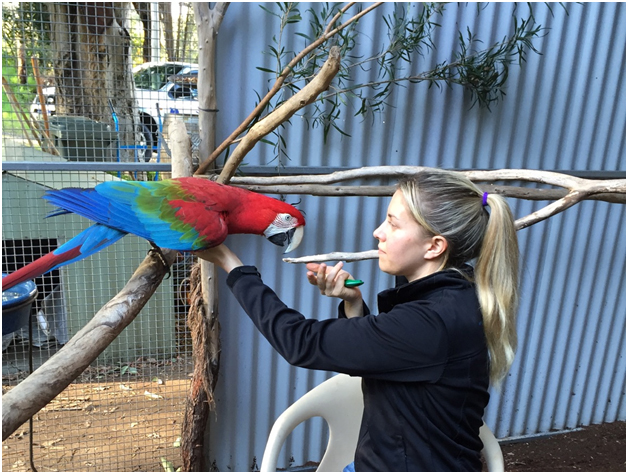
Common Behavioral Issues in Birds
Understanding common behavioral issues in birds is crucial for effective training. Some commonly observed problems include aggression and biting, feather plucking and self-mutilation, and screaming or excessive vocalization. These issues can arise due to various reasons, such as lack of socialization, hormonal changes, boredom, or stress.
How Training Can Help
Training provides a structured approach to address behavioral problems in birds. By teaching them alternative behaviors and reinforcing positive actions, training helps redirect their energy and focus. It also enables birds to develop essential skills that can divert their attention from problematic behaviors and promote a positive environment.
Building a Bond with Your Bird
A strong bond with your bird is the foundation for successful training and a harmonious relationship. Here are some tips to establish a deep connection with your feathered friend:
Spending Quality Time with Your Bird
Birds are social creatures and crave companionship. Spending quality time with your bird on a daily basis is essential to build a bond. Engage in activities such as talking to them, offering gentle scratches, or simply sitting nearby and providing a sense of security.
Establishing Trust and Mutual Respect
Trust is crucial in any relationship, including the one with your bird. Be patient and gentle while handling them, and let them get accustomed to your presence. Respect their boundaries and avoid forcing interactions. Gradually, you will earn their trust and establish a mutual understanding.
Understanding Your Bird’s Body Language
Birds communicate mostly through body language. Take time to learn and interpret their unique cues to understand their mood, needs, and desires. This will allow you to respond better to their emotions and make training sessions more effective.
Teaching Basic Commands and Tricks
Teaching basic commands and tricks not only stimulates your bird’s mind but also strengthens your bond by fostering trust and cooperation. Here are a few fundamental skills you can train your bird to perform:
Teaching Your Bird to Step Up
The “Step Up” command is one of the most important skills to teach your bird. It involves training them to willingly step onto your hand or a designated perch. Begin by offering a treat or verbal praise whenever your bird voluntarily steps onto your finger or the perch. Gradually, associate the command “Step Up” with this action and reward them accordingly.
Training Your Bird to Talk or Sing
Birds have an innate ability to mimic sounds and human speech. Training your bird to talk or sing not only showcases their intelligence but also strengthens the bond between you. Start with simple words or phrases and repeat them consistently. Encourage your bird’s attempts, praise their progress, and reward them with treats.
Teaching Your Bird to Play Games
Engaging your bird in interactive games is an excellent way to stimulate their cognitive abilities and provide physical exercise. Games like “fetch,” “basketball,” or “puzzles” can keep your bird entertained and mentally sharp. Use positive reinforcement, such as treats or praises, to motivate and reward their participation.
Addressing Behavioral Problems Through Training
Birds can exhibit various behavioral problems, some of which may require professional guidance. However, training can play a significant role in addressing and managing these issues. Here are a few common problems and how training can help:
Aggression and Biting
Aggression and biting can be distressing for both bird and owner. Training can assist in redirecting aggressive behavior by teaching the bird appropriate actions and acceptable boundaries. Focusing on positive reinforcement techniques and using commands like “No” and “Gentle” can gradually discourage biting tendencies and promote healthier interactions.
Feather Plucking and Self-Mutilation
Feather plucking and self-mutilation are often associated with boredom, stress, or underlying health issues. Training can help divert your bird’s attention and provide a more constructive outlet for their energy. Incorporating interactive toys, regular play sessions, and positive reinforcement techniques can aid in curbing these destructive behaviors.
Screaming and Excessive Vocalization
Excessive screaming or vocalization can be disruptive and distressing, both for you and your bird. Training your bird to respond to verbal cues, such as “Quiet” or “Enough,” can gradually teach them to control their vocalizations. Pairing this training with mental stimulation, regular exercise, and positive reinforcement techniques can lead to a more balanced noise level.
Tips for Successful Bird Training
Successful bird training requires patience, consistency, and understanding. Here are some tips to enhance your training sessions:
Patience and Consistency
Training takes time, and not all birds progress at the same pace. Be patient and consistent with your training efforts, reinforcing positive behavior and gently redirecting undesirable actions. Celebrate even small victories and avoid getting frustrated or giving up too soon.
Positive Reinforcement Techniques
Positive reinforcement techniques involve rewarding desired behaviors with treats, praises, or toys. Birds respond well to positive reinforcement, as it encourages repetition of the desired actions. Avoid punishment-based training methods, as they can create fear and damage the bond with your bird.
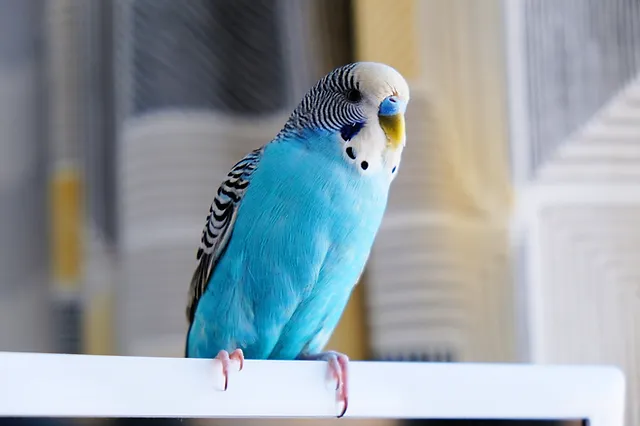
Tailoring Training to Your Bird’s Personality
Each bird has a unique personality and learning style. Tailor your training techniques to suit your bird’s needs and preferences. Some birds may be more motivated by treats, while others prefer verbal praise or physical affection. Understanding your bird’s preferences will enhance the effectiveness of your training sessions.
Keeping Training Sessions Short and Fun
Birds have short attention spans, so it is essential to keep training sessions brief and engaging. Aim for sessions lasting around 10-15 minutes, preferably when your bird is already alert and receptive. Incorporate breaks for playtime or rest to prevent fatigue or frustration.
Utilizing Enrichment Activities for Behavioral Solutions
Enrichment activities play a vital role in addressing behavioral issues and promoting a healthy lifestyle for your bird. Here are a few ideas to incorporate enrichment into your bird’s daily routine:
Providing a Variety of Toys and Stimuli
Offering a diverse range of toys, including different textures, colors, and sizes, ensures mental stimulation and prevents boredom. Introduce new toys regularly, rotate them, and observe your bird’s preferences. Interactive toys, such as puzzle feeders and foraging toys, can also encourage natural foraging behaviors and prevent excessive boredom.
Setting Up a Bird Playground
Creating a bird playground in your home provides ample opportunities for exercise and exploration. Designate a safe area where your bird can climb, play, and explore. Include perches, ladders, swings, and other bird-safe accessories to maximize their physical and mental engagement.
Using Foraging Toys and Puzzle Feeders
Foraging toys and puzzle feeders mimic birds’ natural foraging behaviors, providing mental stimulation and preventing boredom. Hide treats or food in these toys, encouraging your bird to engage in problem-solving and exercise their cognitive abilities while enjoying a reward.
Consulting with Avian Professionals
Seeking professional guidance is essential when dealing with complex behavioral issues or when you need expert advice on bird training. Here are a few avenues to explore:
Seeking Advice from an Avian Veterinarian
If you notice significant changes in your bird’s behavior or suspect underlying health issues, consult an avian veterinarian. They can assess the bird’s physical health, rule out any medical causes for behavioral problems, and provide guidance on behavior modification plans.
Finding a Certified Bird Trainer
Certified bird trainers have extensive knowledge and expertise in training birds. They can assist in designing a customized training program tailored to your bird’s specific needs. Seek recommendations from avian veterinarians, pet stores, or bird enthusiast communities to find a reputable bird trainer.
Joining Bird Training Communities and Forums
Joining online bird training communities and forums allows you to connect with experienced bird owners, trainers, and experts. These platforms offer a wealth of knowledge, training tips, and support from fellow bird enthusiasts who have faced similar challenges.
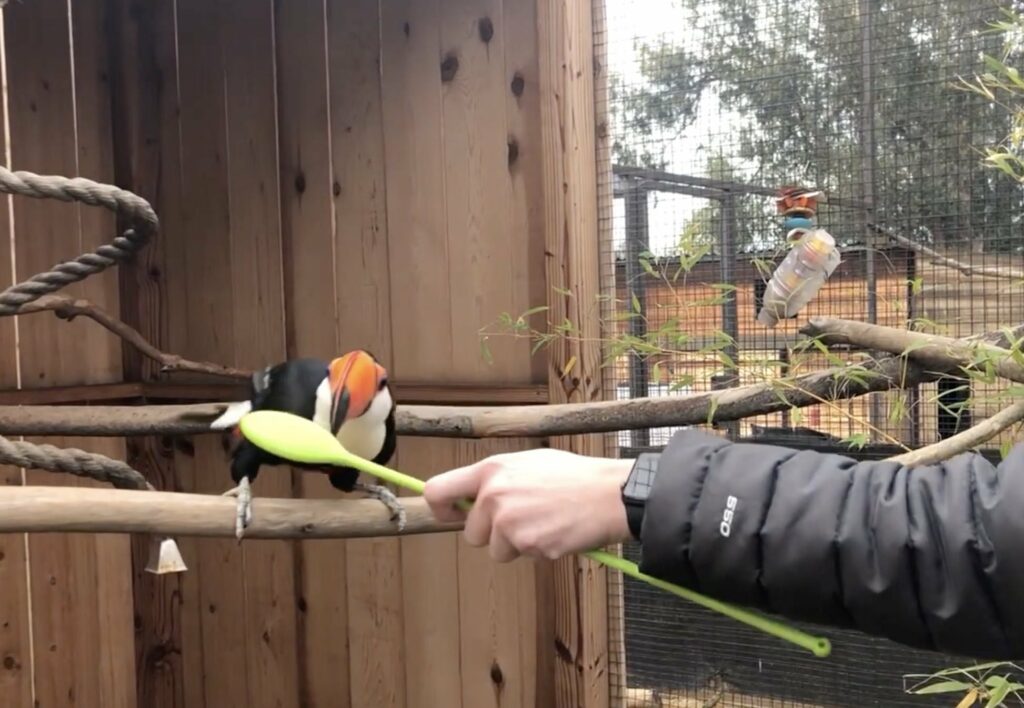
Conclusion
Bird training is an invaluable tool in establishing a strong bond with your feathered friend and addressing behavioral problems. By spending quality time together, using positive reinforcement techniques, and understanding your bird’s needs, you can create a harmonious environment that promotes happiness and well-being for both you and your bird. Remember, training takes patience and consistency, but the rewards are immeasurable.
Also Read:
Pet Care Tips for Cats for Beginners
Pet Care Tips for Dogs for Beginners
